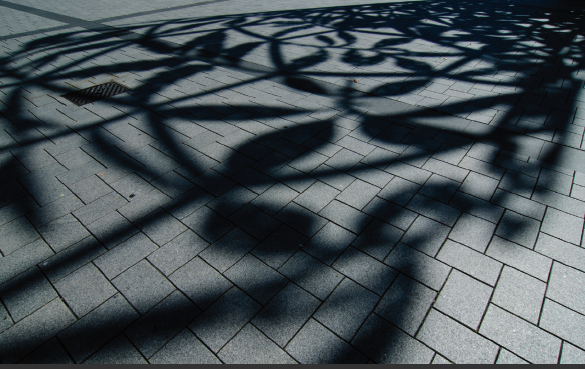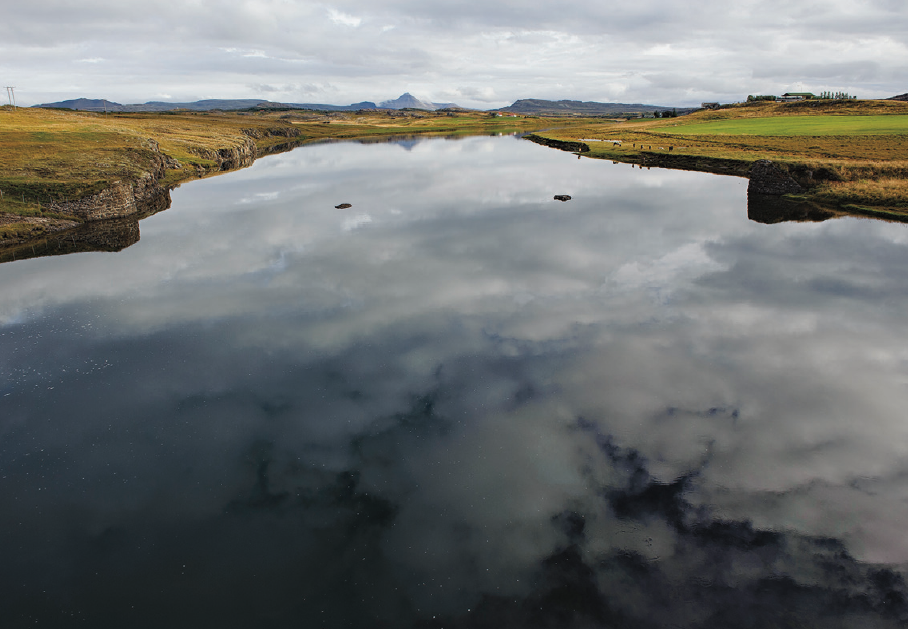
Nothing but chocolate, all day every day? Sounds enticing, but eventually it will all start to taste the same. With photography, we can run into a similar sort of problem: If you shoot from the same perspective, with the same focal length, and use the same concept for every image, you and your viewers will grow bored. Trying out new things is an effective way to break out of your old habits, both when you’re on the road and in familiar climates. Here are seven tips to add a little variety to your photography.
1. Experiment with Depth of Field
It’s ultimately up to you to decide how much of your photo will appear in focus. Admittedly, there are certain situations in which the lens or even the camera makes this decision, but whenever a range of apertures is available to you, you should exploit the possibilities of the entire range. Consciously set out to work exclusively with a wide or narrow aperture for a while. Become familiar with the characteristics of your lens. How does the depth of field change with the aperture, focal length, and camera-to-subject distance? How do the sharpness curves vary? How steep or gradual is the transition from focus to blur in the foreground and background?
While playing, feel free to break any of the common “rules” associated with depth of field. Do landscape photos always need to be sharp from the front to the back? This is a common opinion for good reason, but it’s not carved in stone. You can hide unattractive foregrounds, for example, with carefully applied blur. Should the focal point of a portrait always be the subject’s eyes? In principle, yes, but if you position the focal plane somewhere else, you may unveil a surprising new view of your subject. And there may even be times when you don’t want anything to appear sharp in your photo.
Experimenting with depth of field is easier with cameras that have a relatively large sensor, such as most DSLRs, than it is with cameras that have small sensors, such as most compact cameras. Due to sensor size, compact cameras always have a relatively large depth of field under the same conditions and settings, which is why you need to open the aperture up much wider than you do with larger-format sensors to reduce the depth of field.
2. Take a Walk with a Prime Lens
Try heading out in search of subjects with only a prime (fixed focal length) lens in hand. This deliberate limitation quickly turns out to be a creative challenge—who can say in advance exactly what images you can take with a 35mm or 85mm lens in Venice? If this sounds too risky to try on a vacation, then give it a try at home. There’s no need to spend an entire day with only one prime lens; sometimes even a stroll with a self-imposed focal length restriction can open your eyes to new subjects. Photographers who have a camera with interchangeable lenses will have an easier time with this, but even some compact cameras can be set to a specific focal length. Then all you need to do is hold yourself to your setting.
3. Shoot A Small Series of Images
Pick a theme for your trip and create a series of images that represents that theme by searching for specific subjects when you are out and about. Strive to take pictures related to your theme every day or at least regularly. Let your interests determine your theme, and take pictures of whatever speaks to you. It doesn’t matter whether your series is on New Zealand’s streets, the hands of Bhutanese dart players, people in windows, or fruits and vegetables at the market. What’s important here is the concentration on your fundamental idea. When you focus on a specific theme you see the world around you with different eyes and tend to notice subjects that you might otherwise have overlooked.

4. Play with Shadows
As children, many of us used to play with our shadows. There’s no reason to stop when we’re grown up, especially when taking photographs. Where there’s light, there’s a shadow—a bit cliché, perhaps, but it’s a fundamental fact of photography.
Don’t paint with light alone, make sure to include its partner too. Sometimes a light area takes on weight from its juxtaposition with a shadow. Whether you include the object that casts the shadow or just the shadow itself is up to you. Set out in search of light’s dark side. You’ll be amazed at what’s lurking in the shade…

5. Go Back to Square One
It’s not uncommon for photographers to want to try out a new piece of equipment before really understanding how to use it. But we may fail trying and end up being frustrated. In these cases, it’s helpful to revisit the theoretical basics. You might turn to books for help, but you can also ask a well-versed friend, pose a question in an online photography forum, or visit a photography workshop. Don’t be shy. Address the problem head-on when you realize you have one. The solution is often not as complicated as you fear.
6. Work with Reflections
From very concrete to confusingly abstract, reflections are multifaceted subjects. Whether seen in a shop window, car mirror, puddle, or pair of sunglasses, reflections add at least one additional layer to a picture. They lend themselves to everything from self-portraits to studies of color. A calm, balanced composition with an emphasis on symmetry is just as fitting as any number of more dynamic and extreme image designs. It all depends on the photographer’s intentions and playfulness.
If you don’t want to appear in your own picture, you’ll need to carefully consider where to position the camera to avoid capturing your reflection. Also keep in mind that using a flash can produce unattractive results when shooting reflective surfaces. It often helps to change the angle of the camera slightly to deal with this particular issue.

7. Dare Yourself to Have Creative Ideas
Creativity isn’t your thing? That can change. Try something new, break from your regular routine, and stretch outside of your comfort zone a little. And when you take risks, try to stay relaxed. When taking a step into the unknown it’s normal for things to not work out perfectly. Stick with your photography even if your images don’t turn out the way you imagined; try again or try something a little different—the next time will go better.
These tips were taken from Sandra Petrowitz’s The Traveling Photographer.
